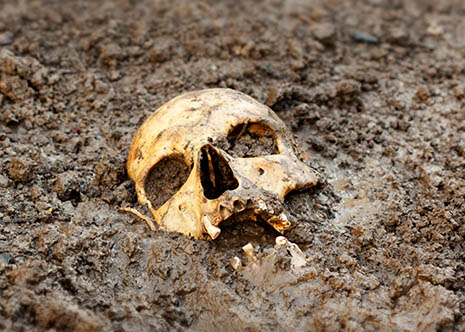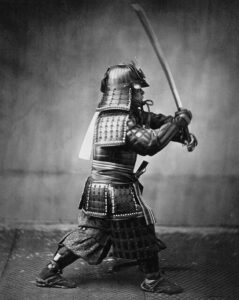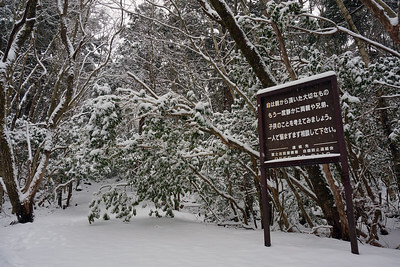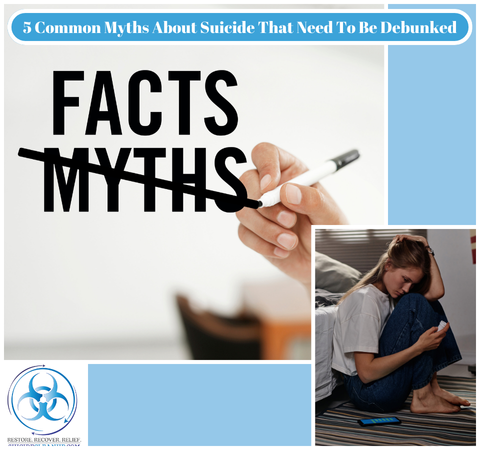
Can the Smell of a Dead Body be Harmful?
May 15, 2023
Cadaver Dogs: What Do They Do When They Find Human Remains?
May 20, 2023Suicide is not just an issue in the United States, it impacts people across all cultures and backgrounds. With an estimated successful suicide once every 11 minutes, it is considered one of the top preventable causes of death in the United States. In the United States, suicide is a divided topic. Some consider suicide as a serious issue that requires support, while others are hesitant to discuss the issue for fear of being stigmatized as “weak”, “sensitive” or “failing”.
Suicide and depression is a complex topic that is only complicated further by these stigmas. However, the process to erase previous stigmas has been slow and divided in terms of perception. To make things even more confusing, not all cultures have stigmatized suicide the same way. Some countries have actually stigmatized suicide in an honorable light. Today, these countries have made considerable efforts in bringing adequate resources and support to affected individuals. However, some areas continue to struggle.
Some cultures criminalize suicide, the United States does not, however, assisted suicide and the promotion of suicide are considered serious crimes. Murder-suicides are also generally frowned upon. Other cultures are fascinated by suicide with a strong belief in the afterlife, whereas others emphasize family and community.
Whatever the perceptions may be, if you’re studying why suicide is affecting a given area, you should most definitely be considering the country’s culture. Different cultures have different attitudes toward prevention, intervention, and resources. It is important to study the cultural context of suicide to understand how it is viewed, managed, and how these perceptions affect a given area.
How Suicide Affects Asian Countries
Asian cultures have previously seen suicide as an honorable act, or a way of preserving one’s dignity in difficult situations. As a result, Asian countries like Japan and China have had a confusing and problematic reputation for suicide. China in particular has changed views on suicide many times throughout the years.
China’s Philosophy on Suicide
China’s philosophy was mostly focused on ritual suicides. Confucianism was the dominant religion in China at one point. Confucian values held that certain failures of virtue were worse than death. Thus, individuals would undergo ritual suicide for spiritual, political, or social reasons. It was done to preserve one’s honor, dignity, atone one’s sins, accept responsibility, or show bravery in a difficult situation.
Ritual suicides also occurred during China’s history for a social or political cause. China’s suicide rates have been rapidly declining since the country’s peak as one of the countries with the worst suicide rates during the 1990s, however.
Today, the issues modern China faces are a result of family conflicts, poverty, or physical disease. There have actually been several proposals to legalize physician-assisted suicide, which should theoretically alleviate that issue. However, that doesn’t seem likely to happen.
Modern-day China tends to be rather strict about preventing suicides. In fact, there was once a preventative law stating that if a woman died of suicide due to lewd comments made towards her, it would be considered assisted suicide and punishable as rape. Many resources are available to assist as well.
China has dramatically reduced its rates since the 1990s, however. Formerly one of the countries with the highest suicide rates, China has a reduction rate of 64% between 1990 and 2016. It has earned #1 for the most dramatic reduction in suicide rates in the world.
China’s Modern Initiatives
China has aggressively pushed for initiatives that allow greater access to mental health services and preventative social laws. These social laws allow for the criminal punishment of preventing stigma, discrimination, and bullying all thought to contribute to suicide. China has also invested in bettering education and awareness for suicide prevention.

Japanese Samurais were considered honorable if they took their own life prior to being slaughtered. This cultural norm likely later influenced Japanese kamikazes during WWI.
Japan’s Culture
As one of China’s most prominent neighbors, no other country may be more heavily influenced than Japan. For six centuries (600 years), Japan’s way of life, art, religion, literature, and philosophy have been greatly shaped by Chinese culture. It’s not really surprising to hear that the historical perception of suicide in Japan was greatly similar to that of China’s.
Historical Japan has seen suicide as “tolerant” and even revered it; likely stemming from the military’s perception during the feudalism years. A Japanese samurai’s suicide was considered honorable (“seppuku”) in the event that he had failed or been defeated in battle. The samurai would “release his own spirit” to his enemy, thus avoiding dying dishonorably and without the torture at his enemy’s hands. This notion of an honorable service-oriented death carried well into the 20th century as Japanese kamikazes took their own lives for the sake of their country during WWII.
Unlike China, however, modern Japan has not been able to successfully reduce its rate. Despite the increasing awareness of mental illness, Japan today struggles with some of the worst suicide rates in the world. In 2022 alone, Japan’s rates increased to 17% due to COVID-19 and the assassination of the long standing prime minister of Japan, Shinzo Abe.
Aokigahara Forest
One of the areas with the highest amount of suicides has been long thought to be Aokigahara Forest, a 14 square-mile forest on the edge of Mount Fuji in Japan. Since the 1960s, authorities have noticed a large number of hangings, drug overdoses, or other means of suicide in the forest. Aokigahara, also known as the Sea of Trees, has a historical reputation for being one of the most haunted places in Japan. It has been featured in many Japanese animes, manga, horror films, TV shows, literature, music, and video games. It has also been the focus of an NYC playwright.

At the foot of some trails, Aokigahara Forest has suicide prevention signs for hotlines in effort of curving the numbers.
Although authorities have since stopped releasing statistics in an effort of decreasing the count, it is still thought to be the most-used suicide site in global history. It’s not clear as to what–if any–reasons there may be for this.
The Differences Between Western and Eastern Culture
Eastern culture has had a more traditionally positive outlook on suicide than Western cultures (e.g. the United States). Eastern culture has seen some situations as honorable or permissible historically. A part from a Chinese widower protecting their family’s honor or a Japan samurai suicide themselves to defend their honor (seppuku), other western cultures like India, who believe in the afterlife, would end their lives to achieve salvation and rebirth.
However, the historical outlook of these situations never translated over to Western culture. Western culture has traditionally viewed suicide as cowardly, shameful, sinful, and even selfish. While China has managed to significantly reduce suicide in their country, Japan has retained its high rates as one of the highest developed countries, and the United States continues to have tragic increases year after year.
Today, both Western and Eastern cultures struggle with staggering suicide rates, and it appears to affect males the worst. Male suicides are four times the amount of female suicides in the United States and 70% of suicides in Japan are men. Furthermore, it is the leading cause of death for Japanese men between the ages of 20-44. Both cultures today recognize suicide as a social issue that needs to be addressed.
How We Make a Difference
Suicide assistance and prevention take a village. Schools, communities, the government, and families must all agree that responding to those affected by suicide requires gentle guidance, compassion, nonjudgmental intervention, and patient assistance. In an ideal world we’d hope that everyone can be on the same page, however, in reality, we know it isn’t that simple. Still, we can do our part by dispelling myths about suicide and helping our loved ones feel safe to access the resources they need.
Suicide Cleanup Biohazard Cleaning Hotline
Dial +1-844-255-2462 for 24/7 nationwide assistance.
Cultural nuances often influence approaches to sensitive tasks like professional suicide site cleaning.
Mental Health Resources:
Find a Therapist
How to Find the Right Therapist for You
The 988 Suicide & Crisis Lifeline (Formerly Known As The National Suicide Prevention Lifeline)
Dial 988 or Call Toll Free 1-800-273-TALK
Substance Abuse and Mental Health Services Administration (SAMHSA)
Call 1-800-662-HELP (4357)
Read more about SAMHSA: https://www.samhsa.gov/find-help/national-helpline
Veterans Crisis Line
Dial 988 then press 1
https://www.veteranscrisisline.net/




